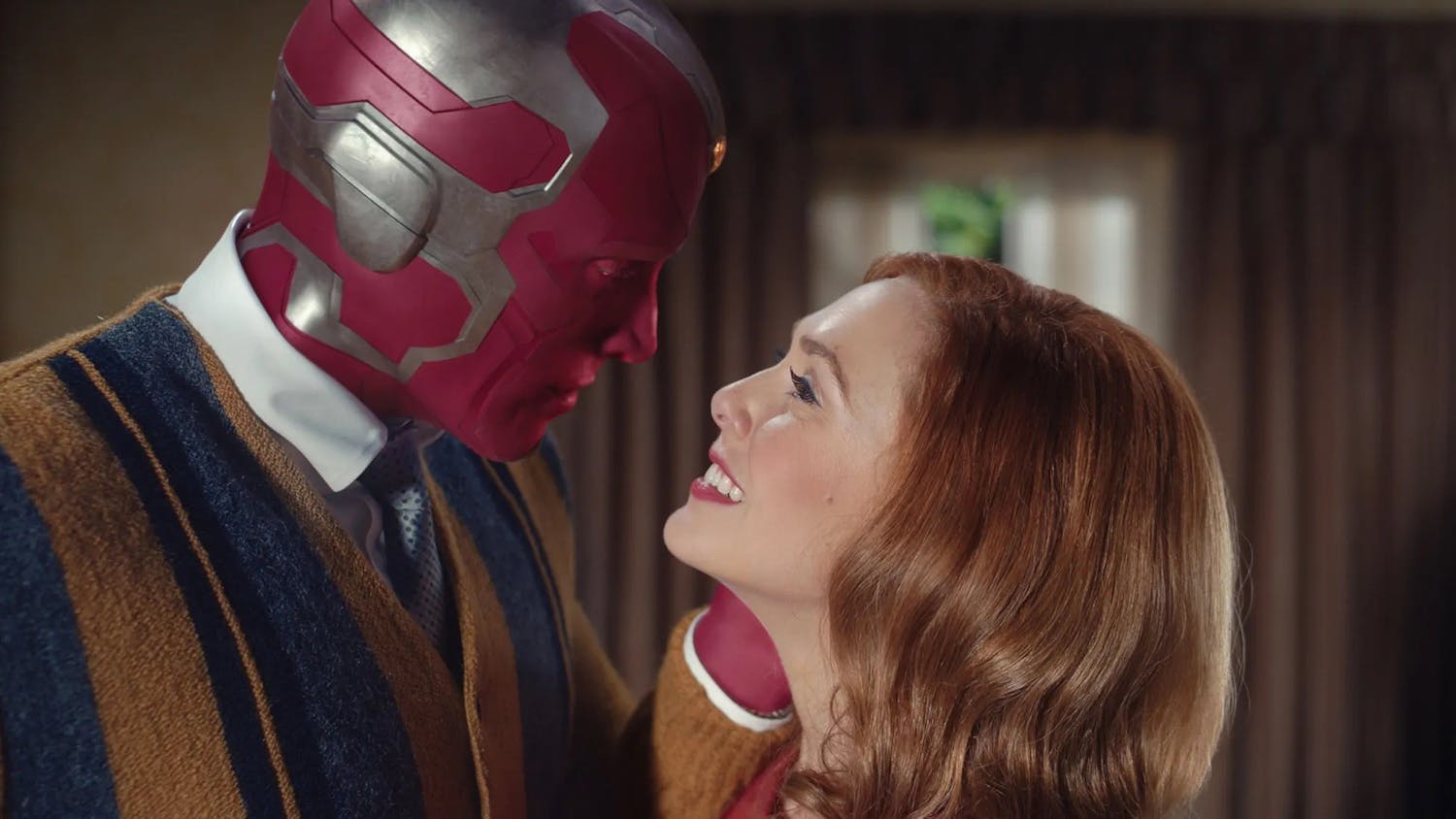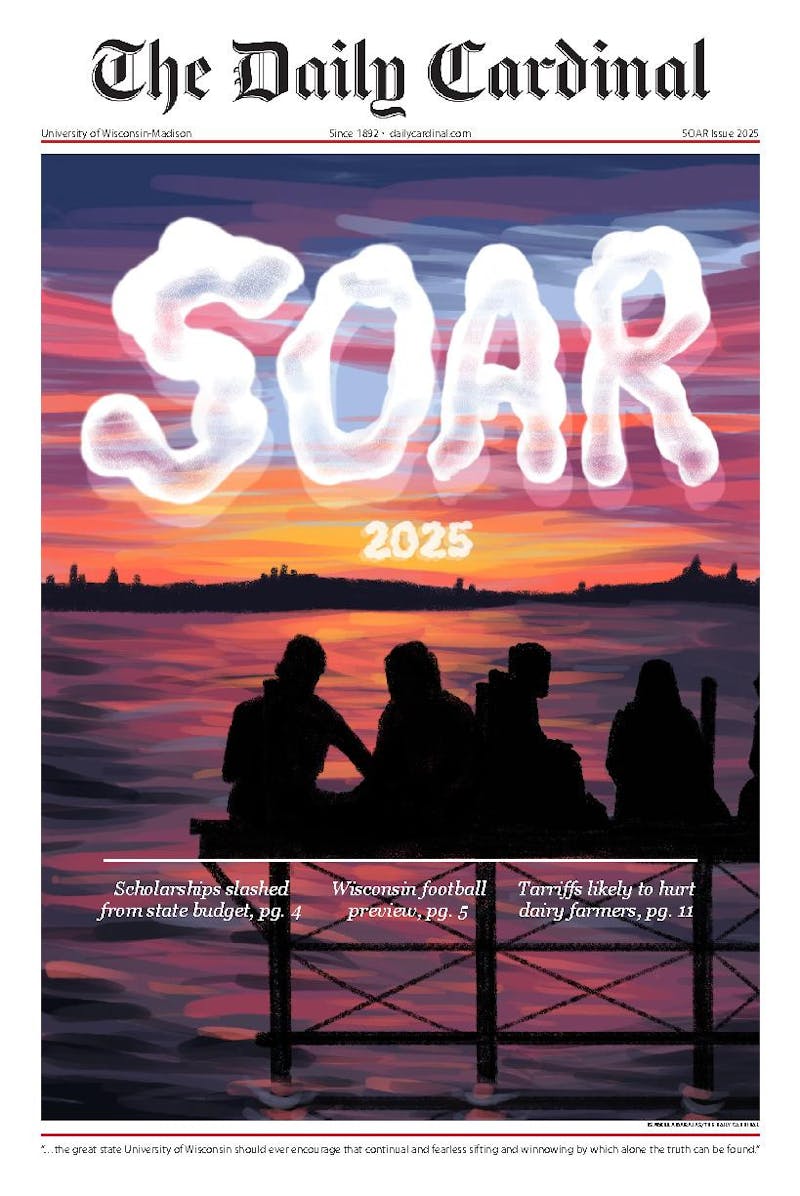All movies are, basically, a form of animation. They’re a series of images played one after the other so quickly that our mind sees them as one continuous piece rather than the thousands of individual parts they are.
Why, then, are live action films separated from “animated” films and usually taken more seriously than cartoons, CGI or stop-motion films? The distinction is made to the point that animated films have their own category at the Oscars and most other award systems rather than simply being allowed to compete as a Best Picture candidate.
So the question, which I’ve already asked, is why? One possible answer is that animated features are generally considered to be kids’ territory, not fitting the usual definition of “art” that cinema usually aspires to.
At first, there seems to be some substance to this theory, as most of the successful “adult cartoons” are TV shows like “Archer,” “Family Guy,” “American Dad” and Adult Swim shows ad infinitum. However, this trend hasn’t translated into films at all, as far as I can tell.
The closest thing is “Ted,” which featured an animated bear doing the “Family Guy” schtick with Mark Wahlberg, and pretty much every Adam Sandler film (discounting “Punch Drunk Love”), as he’s basically on the level of a cartoon character at this point.
Like, I’m being completely serious right now: If anybody can give me an example that contradicts my Adam Sandler argument here, please let me know, because I’ve got nothing.
Point is, the market for low quality, schmarmy (yes, schmarmy is now a word, it’s my word) comedies is pretty saturated by live action films, so the only leg this idea of animation-being-difficult-to-take-seriously has left to stand on is that of it being purely kids’ entertainment.
This one leg sucks. Or is broken. Or got broken because it sucks, and has continued to suck since it got broken, and just keeps on living in a vicious cycle of sucking and breaking until this month’s apocalypse and beyond.
Hey, that little “and beyond” thing reminded me of something. Can you guess what it is?
In case you couldn’t guess, it was “Toy Story.” Also known as one of only two movies to appear on the American Film Institute’s Top 100 movies list. The other is “Snow White and the Seven Dwarves,” or literally one of the first animated features to attain mainstream success in America.
The fact that one of the first major animated features and the first major CGI film are the only two animated films to be recognized alongside their live action peers seems to imply that they’re being mentioned for their innovation and significance as technological advancements more than for their actual merits.
And this is honestly the easier position to take, because if you ignore it, the other alternative is that these are the two best animated features that have been made and the only ones worth being compared to “The Godfather” and “Vertigo.”
To take that approach is to ignore, at least immediately, the incredibly huge body of really strong work that Disney and Pixar have to stand on. Disney made animated features a thing in the most literal sense, setting classic stories to gorgeous illustrations in something that could never be dismissed as “just for kids” by any sane being.
If Disney elevated animation to a higher level of storytelling and artistic achievement (which it inarguably did), Pixar picked up the slack left over after Disney’s “Golden Age” ended and proceeded to do something super whacky with it. I’m kind of bad at analogies.
Anyway: Pixar. They’re really, really fantastic. Their storytelling is some of the most beautifully executed going on today. Just look at the first half or so of “Wall-E,” the first 20 minutes of “UP,” and any of the shorts they run before their features (the chess one, “Geri’s Game,” and “Presto” are particularly great) to see how they’ve taken an already established art form one step further with gorgeous visuals and pure, simply told stories.
Also falling under the “studios that create really, really brilliant works of animation art” category is the Japanese Studio Ghibli. A more anime-y, and usually much more thematically heavy and artistically driven counterpart to Disney, Ghibli has established themselves to the point that “Spirited Away,” their masterpiece, won Best Animated Feature at the Oscars in 2002.
However, “Spirited Away” could easily have gone toe-to-toe with most of the Best Picture nominees that year, evidenced by the fact that it won the Golden Bear at the Berlin Film Festival the same year, which is the highest honor they award.
Instead, in America at least, it was kept separate from other “serious” films in a continued stigma against animation’s recognition as a true form of film. Honestly, it’s “Best Picture,” not “Best Live Action Picture.”
The implication seems to be that the true films are those who exist tangibly, in a 3D world, while these other, often-neglected films are products of pure fantasy.
Except, some animated films DO exist in the 3D world. They’re stop motion pictures, and they’re by far my favorite kind of animation.
Movies like “The Nightmare Before Christmas,” “James and the Giant Peach” and “Coraline” created gorgeous worlds that feel just as real and as deep as the one we all live in, and they did it despite the soul-crushing, life-destroying, all-consuming process of stop motion animation.
It is, legitimately, the most intensive creative process that has been conceived on Earth or in any other parallel dimension or alternate universe. The epitome of stop motion animation, Wes Anderson’s “Fantastic Mr. Fox,” was shot by 29 crews working side-by-side with each animator, taking weeks to get a single shot for the final product.
It took three years to produce and comes in just short of an hour and a half long. This is the sort of meticulous work that is required to work in animation. It’s why stop motion is totally Wes Anderson’s medium (along with any sort of film. Really, the man is a genius), and it speaks directly to the nature of animation.
What I mean, and I know I’m rambling, is that when a live action movie is made, there are all sorts of variables that can affect the finished product. Reality intervenes.
When you’re working in animation, everything that finds its way into the movie had to be created and placed there by the filmmaker. Every minute detail, from the rustles in the characters’ fur in “Fantastic Mr. Fox” to the hidden dicks throughout “The Little Mermaid,” was intentionally and deliberately placed there.
In this way, animation is a purer, more direct form of artistic creation; it’s at least as valid as live action, especially considering the immense amounts of time that have to be poured into animated features to make them happen, and they deserve at least the recognition that their live action counterparts receive. At the moment they for the most part don’t, and it’s a crime.
Thanks for reading this semester, hope you enjoyed it.
Loved Austin’s columns this semester? Have an example of an Adam Sandler movie where he’s not acting like a cartoon character? Send rebuttals to Austin at wellens@wisc.edu.






